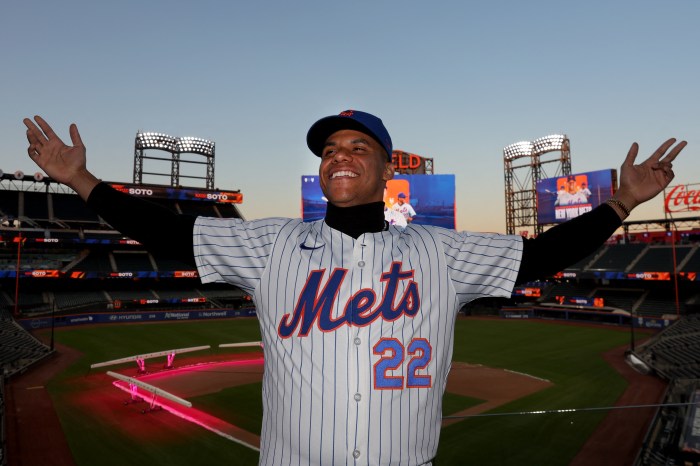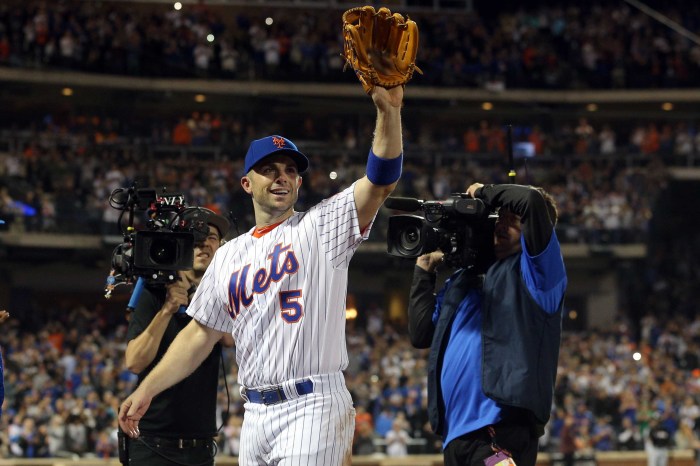The MLB season is underway and the games have been faster and more action-packed than they’ve been in decades.
MLB players and fans started adjusting to a few new rules during spring training as the league attempted to inject more life and action into America’s pastime. While many people focused on the new pitch clock, through one weekend of action it’s been the new bases and change to pick-off rules that have drastically changed the product on the field.
During MLB Opening Day on Thursday, there were 21 stolen bases, with runners converting on 21-of-23 stolen base attempts, which was a major jump from going just 5-of-9 during the first day of the ’22 season. In fact, the 91.3% stolen base rate on MLB Opening Day this year was more than 16% higher than the percentage in ‘22 (75%).
Stolen Base Opening Day Comparison
2022:
Stolen bases: 5
Caught stealing: 4
Success rate: 56%2023:
Stolen bases: 21
Caught stealing: 2
Success rate: 91%— Alex Fast (@AlexFast8) March 31, 2023
The barrage of stolen bases continued early into the weekend, and after the first three days of the season, 56 bases had been stolen, compared to just 26 after three days in the 2022 MLB season.
First three days of this season (35 games) compared to 2022 (34 games):
Avg time of game 2022: 3:08
Avg time of game 2023: 2:41
SB attempts 2022: 26
SB attempts 2023: 56
Per @SlangsOnSports— Buster Olney (@Buster_ESPN) April 2, 2023
This is a deliberate change, not a fluke. The two major changes impacting stolen bases are the larger bases and restrictions on pickoff attempts. The bases are now 3 square inches larger, which may not seem like a big deal, but it decreases the distance between the bases by 4.5 feet, which obviously makes a big difference when factoring in the split seconds that can determine stolen bases.
MLB also started to restrict pitchers to only two pickoff attempts per batter this season. If a pitcher attempts a third pickoff, it must result in an out or the pitcher will be called for a balk. This means that runners are able to get a bit more aggressive, knowing that pitchers only have a limited number of throws to first. We’ve also seen runners take much larger leads once a pitcher has used their two pickoff throws, knowing that the chances of a pickoff drop substantially.
“With the two disengagement rule and stuff, I think that entices a lot of runners because it takes away that threat of teams being able to pick over three times in a row,” said Giants catcher Blake Sabol before his team took on the Yankees on Sunday. “When you take that threat away, plus adding the clock of knowing the pitcher has to live up his leg before that time clicks down, I think that’s what’s helping runners kind of create a rhythm and stuff.”
“I think it’s a point of emphasis for a lot of teams,” added Yankees manager Aaron Boone. “We’ll see if it continues to be that drastic where it’s over two times. We’ll see how that plays out, but it’s clear that teams are pushing the envelope.”
The rule changes have undoubtedly led to the action that MLB wanted. Runs per game are up to 4.37 after dipping to 4.28 last year, and the Baltimore Orioles have stolen 10 bases in just two games. It’s entirely possible that we see a 70 stolen base season again like we did when Jacoby Ellsbury stole 70 bases in 2009 or when former Met Jose Reyes stole 78 bases in 2007.
With stolen bases on the rise, MLB teams will need to spend more time thinking about how to control the opposition’s running game.
“We’ve placed a premium on our side of things in controlling the running game,” said Boone. “I would say that’s even been more of a focal point here this spring, and one of the things we’ve really focused on.”
Sabol mentioned that teams may even try to add pick-off throws with catchers.
“That was a big thing, especially in the catcher’s room, of knowing that there’s going to be more attempts. So mixing in more back picks. I’m pretty sure we led baseball in spring training this year in back picks. That’s something that we’re going to try to implement.”
Another consequence of the new rules could be playing time for catchers.
With teams running wild, catchers who can’t control the running game are going to be a liability. Reese McGuire was the catcher for Boston in both games when they allowed 10 stolen bases. If other teams face a similar situation, they could decide to bench a catcher for one that can prevent teams from taking extra bases.
For the Mets, that might mean more playing time for Tomas Nido, who ranked 23rd with a 1.96 pop time to second base, compared to a 2.01 time for Omar Narvaez, who ranked 45th in MLB.
For the Yankees, that could mean more innings for Kyle Higashioka, who ranked 20th in pop time to second base among catchers who had at least 15 attempts last year. Jose Trevino ranked 41st with a 1.99 pop time to second base, compared to Higashioka’s 1.95 pop time.
Although, Trevino is not concerned: “Our team is really good at holding runners,” he said before Sunday’s game. “And, you know, the [pitchers] do a good job of holding the baseball and their picks and pick packages and all that. So just keep doing that.”
“I think you’re gonna see some adjustments from teams, but I definitely think there’s gonna be an increase with just these new rules,” said Sabol. “I think we’re all just kind of learning as we go.”
As long as the action continues, I’m sure learning on the fly is perfectly fine for MLB fans.
For more MLB coverage, visit amNY Sports
Read more: St. John’s Targets MAAC Player of the Year



































